Guinea-Bissau, a small West African nation, is a captivating destination known for its rich cultural heritage and stunning natural beauty. Nestled on the Atlantic coast, Guinea-Bissau is characterized by its diverse landscapes, including coastal mangroves, lush forests, and a network of islands. The country’s vibrant culture is reflected in its music, dance, and traditional practices, making it a unique place to explore. With its capital, Bissau, serving as the cultural and economic hub, Guinea-Bissau offers a delightful blend of history and natural wonders.
Table of Contents
Geography
Guinea-Bissau is located in West Africa, bordered by Senegal to the north, Guinea to the east and south, and the Atlantic Ocean to the west. The country covers an area of approximately 36,125 square kilometers, making it one of the smallest countries in Africa. Its coastline stretches for about 350 kilometers, featuring beautiful beaches and numerous islands.
The geography of Guinea-Bissau is diverse, with a combination of coastal plains, wetlands, and dense forests. The country is home to the Bijagós Archipelago, a group of around 88 islands, some of which are uninhabited and known for their rich biodiversity. The wetlands and mangroves along the coast provide vital habitats for various bird species, making it a popular destination for birdwatchers.
Guinea-Bissau experiences a tropical climate, characterized by a wet season from June to October and a dry season from November to May. The wet season brings heavy rains, which contribute to the lush greenery and vibrant ecosystems found throughout the country.
States of Guinea-Bissau
Guinea-Bissau is divided into 9 administrative regions and 1 autonomous sector (the capital city Bissau). The regions are further divided into sectors, but Guinea-Bissau does not have states. The 9 regions are:
- Bafatá
- Biombo
- Bolama
- Cacheu
- Gabu
- Oio
- Quinara
- Tombali
- Leste (the eastern region)
The capital city, Bissau, is the autonomous sector.
History
The history of Guinea-Bissau is marked by its colonial past and struggles for independence. The region was initially inhabited by various ethnic groups, including the Balanta, Fulani, and Mandinga, each contributing to the country’s cultural diversity. In the 15th century, Portuguese explorers arrived, leading to the establishment of trade routes and the beginning of colonial rule.
Guinea-Bissau was officially declared a Portuguese colony in the late 19th century. During this period, the Portuguese exploited the country’s resources, leading to social and economic changes. The struggle for independence gained momentum in the mid-20th century, spearheaded by the African Party for the Independence of Guinea and Cape Verde (PAIGC). Under the leadership of Amílcar Cabral, Guinea-Bissau declared independence on September 24, 1973, although the conflict continued until 1974 when Portugal officially recognized its independence.
Following independence, Guinea-Bissau faced political instability, with a series of coups and civil wars affecting the country’s development. Despite these challenges, the nation has made strides towards democratic governance, although issues such as poverty and economic instability persist.
Top Ten Must-Visit Destinations
1. Bissau
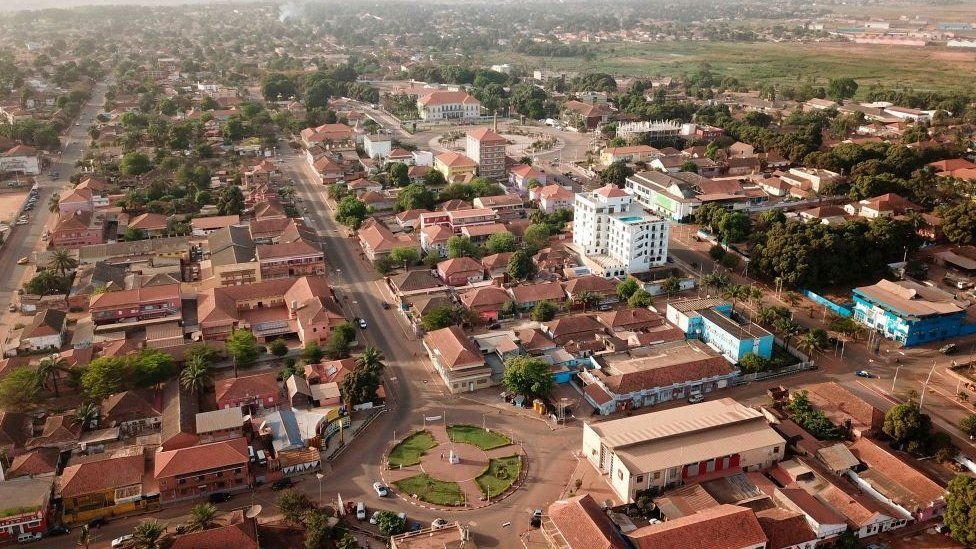
Bissau, the capital city, is a vibrant hub of culture and commerce. Visitors can explore the bustling markets, such as the Mercado Municipal, where local vendors sell fresh produce, crafts, and traditional textiles. The city is also home to historical landmarks like the Palácio da Republica and the Bissau Velho, offering a glimpse into the country’s colonial past.
2. Bijagós Archipelago

The Bijagós Archipelago is a stunning group of islands known for their pristine beaches and diverse ecosystems. These islands are a UNESCO Biosphere Reserve and offer opportunities for eco-tourism, including birdwatching, hiking, and cultural exchanges with local communities. The islands are home to unique wildlife, including the endangered sea turtles that nest on their shores.
3. Orango Island

Orango Island is one of the largest islands in the Bijagós Archipelago and is known for its beautiful landscapes and rich biodiversity. The island is home to the Orango National Park, where visitors can explore mangroves, wetlands, and wildlife. Local communities on the island maintain their traditional way of life, providing a glimpse into the culture of the Bijagós people.
4. Cacheu
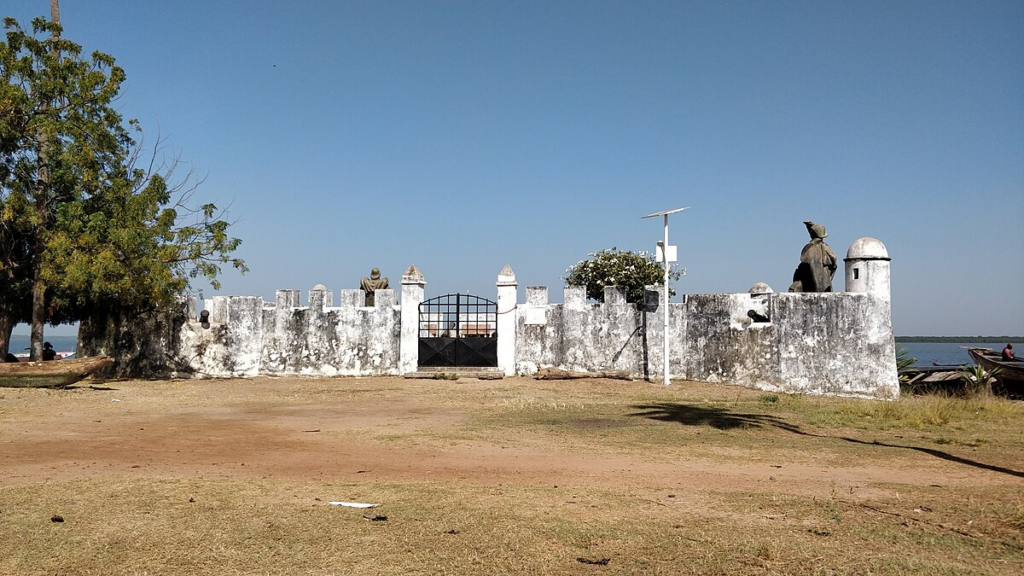
Cacheu is a historic town located along the Cacheu River, known for its role in the slave trade during the colonial era. Visitors can explore the ruins of the Cacheu Slave Fort, which serves as a poignant reminder of the region’s past. The town is also surrounded by lush mangroves, making it a great spot for birdwatching and eco-tourism.
5. Bolama

Bolama is the former capital of Guinea-Bissau and is known for its colonial architecture and tranquil atmosphere. The town features well-preserved buildings from the colonial era, including the Bolama Lighthouse and the Government Palace. Visitors can enjoy exploring the streets, relaxing on the beaches, and experiencing the local culture.
6. Guiné-Bissau National Park

Guiné-Bissau National Park is a protected area that showcases the country’s rich biodiversity. The park is home to various wildlife species, including monkeys, birds, and reptiles. Visitors can hike through the park’s trails, enjoy nature walks, and experience the beauty of Guinea-Bissau’s natural landscapes.
7. Mansoa

Mansoa is a charming town located inland, known for its vibrant markets and local crafts. The town is surrounded by lush forests and offers opportunities for eco-tourism and cultural experiences. Visitors can explore the local markets, enjoy traditional cuisine, and interact with the friendly locals.
8. Farim

Farim is a small town located near the Cacheu River, known for its picturesque scenery and agricultural activities. The town is a great place to experience the local way of life and explore the surrounding landscapes. Visitors can enjoy boat trips along the river and witness traditional farming practices.
9. Soga Island
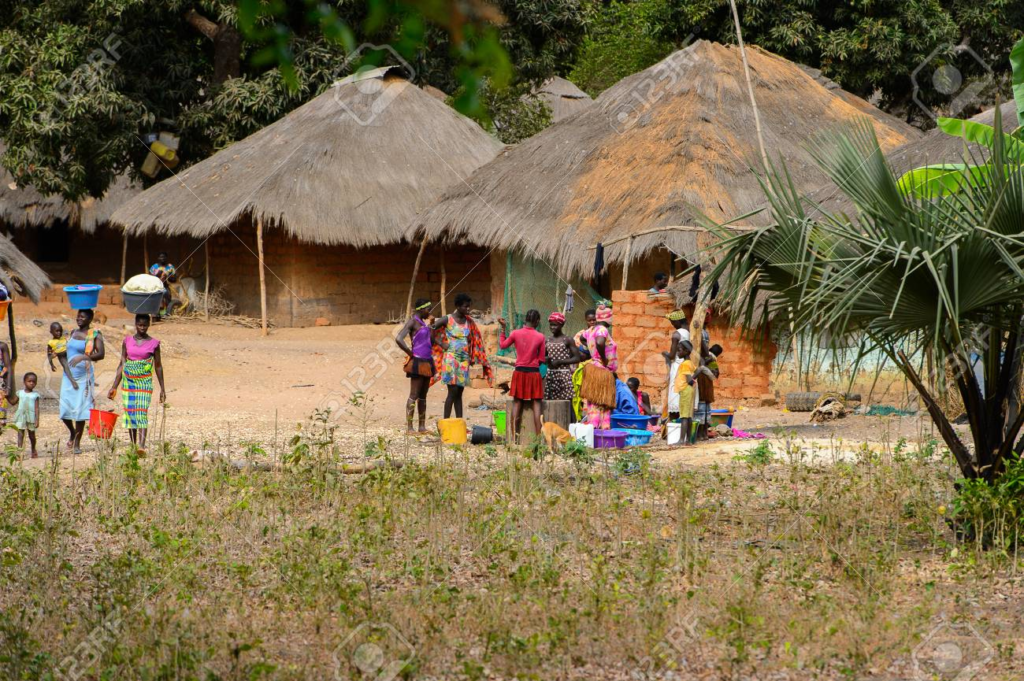
Soga Island is a serene destination known for its stunning beaches and crystal-clear waters. The island is ideal for relaxation and water activities, such as swimming, snorkeling, and fishing. Visitors can enjoy the tranquil atmosphere and connect with nature in this beautiful coastal setting.
10. Príncipe Island

Príncipe Island, although technically part of São Tomé and Príncipe, is often included in discussions of the region due to its proximity. The island is known for its unspoiled beauty, lush rainforests, and rich biodiversity. Visitors can explore the island’s hiking trails, enjoy birdwatching, and experience the vibrant local culture.
Culture
Guinea-Bissau is home to a rich tapestry of cultures, with over 30 ethnic groups contributing to its vibrant heritage. The largest ethnic groups include the Balanta, Fulani, and Mandinga, each with its own unique traditions, languages, and customs. Portuguese is the official language, but various indigenous languages are widely spoken throughout the country.
Traditional music and dance play a vital role in Guinean culture. The country is known for its lively music scene, with genres such as gumbe and tune being popular among locals. Traditional instruments, including the balafon and drums, are often used in performances, showcasing the rich musical heritage of the nation. Festivals and celebrations frequently feature music and dance, bringing communities together in joyful gatherings.
Artisan craftsmanship is also highly valued in Guinea-Bissau. Traditional crafts, such as weaving, pottery, and wood carving, reflect the country’s cultural identity. The production of vibrant textiles and traditional clothing is a significant part of local craftsmanship. Artisans create beautiful handmade products that showcase the country’s cultural richness.
Festivals
Guinea-Bissau hosts a variety of festivals that celebrate its rich cultural heritage and traditions. One of the most significant festivals is the Carnival, celebrated annually in February. This lively event features colorful parades, traditional music, and dance, showcasing the vibrant spirit of the nation. Locals dress in elaborate costumes and participate in various festivities, creating a joyful atmosphere.
The Tabanka Festival is another important celebration that takes place in December, celebrating the culture and traditions of the Bijagós people. The festival features traditional music, dance, and performances, showcasing the rich cultural heritage of the region. It is a time for community bonding and celebration of cultural identity.
The International Festival of Dance and Music is held annually in Bissau, attracting artists and performers from across the country and beyond. This festival celebrates the diversity of Guinea-Bissau’s music and dance, featuring performances from various ethnic groups. It serves as a platform for cultural exchange and appreciation.
Economy
Guinea-Bissau’s economy is primarily based on agriculture, fishing, and natural resources. Agriculture employs a significant portion of the population, with crops such as cashew nuts, rice, and palm oil being cultivated. Guinea-Bissau is one of the largest producers of cashew nuts in Africa, contributing to its economy through exports.
Fishing is another vital sector, providing livelihoods for many coastal communities. The country’s rich marine resources support both artisanal and commercial fishing, with fish being a significant source of food and income.
In recent years, the government has focused on improving infrastructure and promoting economic development. However, the economy faces challenges such as political instability and limited access to resources, impacting overall growth and development.
Cuisine
Guinean cuisine is a delicious blend of flavors and ingredients, influenced by the diverse cultures of the country. Rice is a staple food, often served with various sauces and stews. Jollof rice, a popular dish made with rice, tomatoes, and spices, is a favorite among locals and is often enjoyed during celebrations.
Fish stew, made with fresh fish and a variety of spices, is another traditional favorite. It is often served with rice or fufu, a starchy side made from cassava or yams. The cuisine also features a variety of fruits, including tropical varieties like mangoes and papayas.
Guinean meals are typically enjoyed communally, with families gathering around the table to share food and engage in conversation. The emphasis on communal dining reflects the cultural values of togetherness and hospitality.
Top Eight Most Famous Food
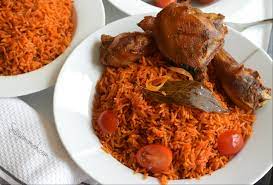
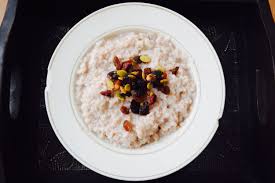
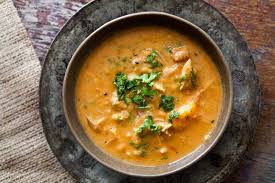
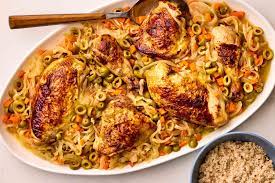
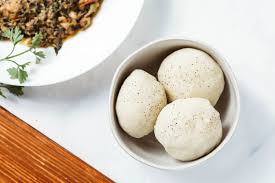
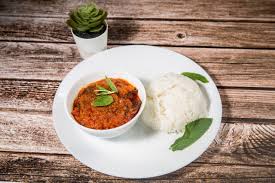
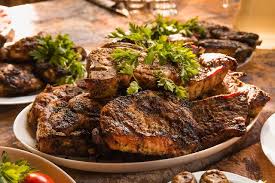

Interesting Facts
- Guinea-Bissau is home to over 30 ethnic groups, each with its own unique culture.
- The Bijagós Archipelago is a UNESCO Biosphere Reserve.
- The country is known for its vibrant traditional music and dance.
- Guinea-Bissau is one of the largest producers of cashew nuts in Africa.
- Portuguese is the official language, but many indigenous languages are spoken.
- The Tabanka Festival celebrates the Bijagós culture and traditions.
- Fishing plays a crucial role in the country’s economy and food security.
- The capital city, Bissau, has a rich history influenced by its colonial past.
- The country has a tropical climate with distinct wet and dry seasons.
- Guinea-Bissau has a unique blend of African and Portuguese culinary influences.
Conclusion
Guinea-Bissau is a captivating destination that offers a rich cultural experience and breathtaking natural beauty. From its diverse landscapes and vibrant cities to its delicious cuisine and lively festivals, Guinea-Bissau invites travelers to explore its unique offerings. Whether you’re hiking in the Bijagós Archipelago, savoring traditional dishes, or immersing yourself in local traditions, Guinea-Bissau promises an unforgettable experience filled with warmth and hospitality.
let’s enjoy few years on earth with peace and happiness….✍🏼🙏

